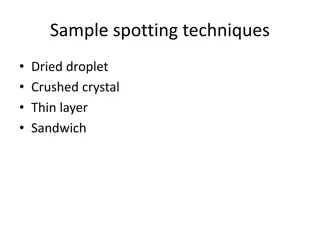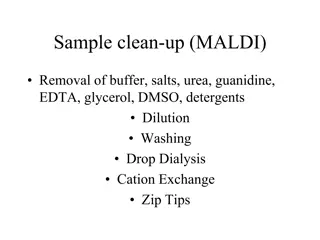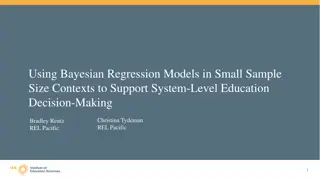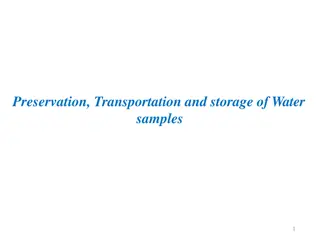
Mathematical Problems & Puzzles: Challenge Your Mind!
Dive into a series of challenging mathematical problems and puzzles, ranging from coloring squares to graph theory to arithmetic sequences. Test your problem-solving skills and mathematical knowledge with these thought-provoking questions. Can you solve them all?
Download Presentation

Please find below an Image/Link to download the presentation.
The content on the website is provided AS IS for your information and personal use only. It may not be sold, licensed, or shared on other websites without obtaining consent from the author. If you encounter any issues during the download, it is possible that the publisher has removed the file from their server.
You are allowed to download the files provided on this website for personal or commercial use, subject to the condition that they are used lawfully. All files are the property of their respective owners.
The content on the website is provided AS IS for your information and personal use only. It may not be sold, licensed, or shared on other websites without obtaining consent from the author.
E N D
Presentation Transcript
60 Question #1 1000 Points A unit square is divided into four equal subsquares and the upper left one is colored red. The lower right subsquare is then divided into four equal smaller subsquares and the upper left one is colored red. This dividing and coloring process continues forever on the lower right subsquare constructed at each step. How much area of the original square is colored red? A. 1/4 B. 5/16 C. 1/3 D. 5/12 E. 1/2
60 Question #2 1000 Points How many ways are there to assign colors to the vertices (nodes) of the graph below using white, green, red, and blue, if two vertices that are connected by an edge (line) must use different colors? Note: all colors need not be used in a coloring. A. 48 B. 60 C. 72 D. 84 E. 144
60 Question #3 2000 Points Consider a 27 21 rectangle subdivided into unit squares (5 4 version shown below). How many unit squares does a diagonal drawn from the lower left corner to the upper right corner pass through? (To pass through a unit square the diagonal must contain interior points of the square.) A. 27 B. 36 C. 42 D. 45 E. 48
60 Question #4 2000 Points Which of the following mathematicians did not win a Fields Medal? A. Timothy Gowers B. John Nash C. William Thurston D. Edward Witten E. Maryam Mirzakhani
60 Question #5 3000 Points Travis cashes his lawn-mowing check at a bank where the absent-minded teller switches the dollars and the cents. Travis then buys an ice cream for 50 and has left twice the amount of the original check. The amount of the original check was: A. less than $10 B. between $10 and $15 C. between $15 and $20 D. between $20 and $25 E. more than $25
60 Question #6 3000 Points Which of the following is largest? A.tan? 7+ cot? 7+ cos? 7+ cos? 7cos? 2sin? 7 B.sin? 7 C.2tan? 7 D.2sin? 7 7+ cot? 7 E.
60 Question #7 5000 Points What is the sum of the squares of the roots of 2?3 11?2+ 38? 39 ? A. 45/2 31/4 45/4 D. 45/2 45 B. C. E.
2?3 11?2+ 38? 39 ?311 2?2+ 19? 39 2 If ?,?, and ? are the roots, then 2 11 2 ? + ? + ?2= ?2+ ?2+ ?2+ 2 ?? + ?? + ?? = ?2+ ?2+ ?2+ 2 19 =121 4 ?2+ ?2+ ?2=121 4 38 = 31 4 Polynomial Long Division and Root Power Sums, Dan Kalman and Stacy Langton, Horizons, February 2014
60 Question #8 5000 Points The earliest appearing four-digit number in Pascal s triangle is 1287, which is ? 13,5 . What is the earliest appearing five-digit number in Pascal s triangle? 10,000 10,720 11,380 11,440 12,870 A. B. C. D. E.
Presented by The American Mathematical Society www.ams.org/wwtbam/






















